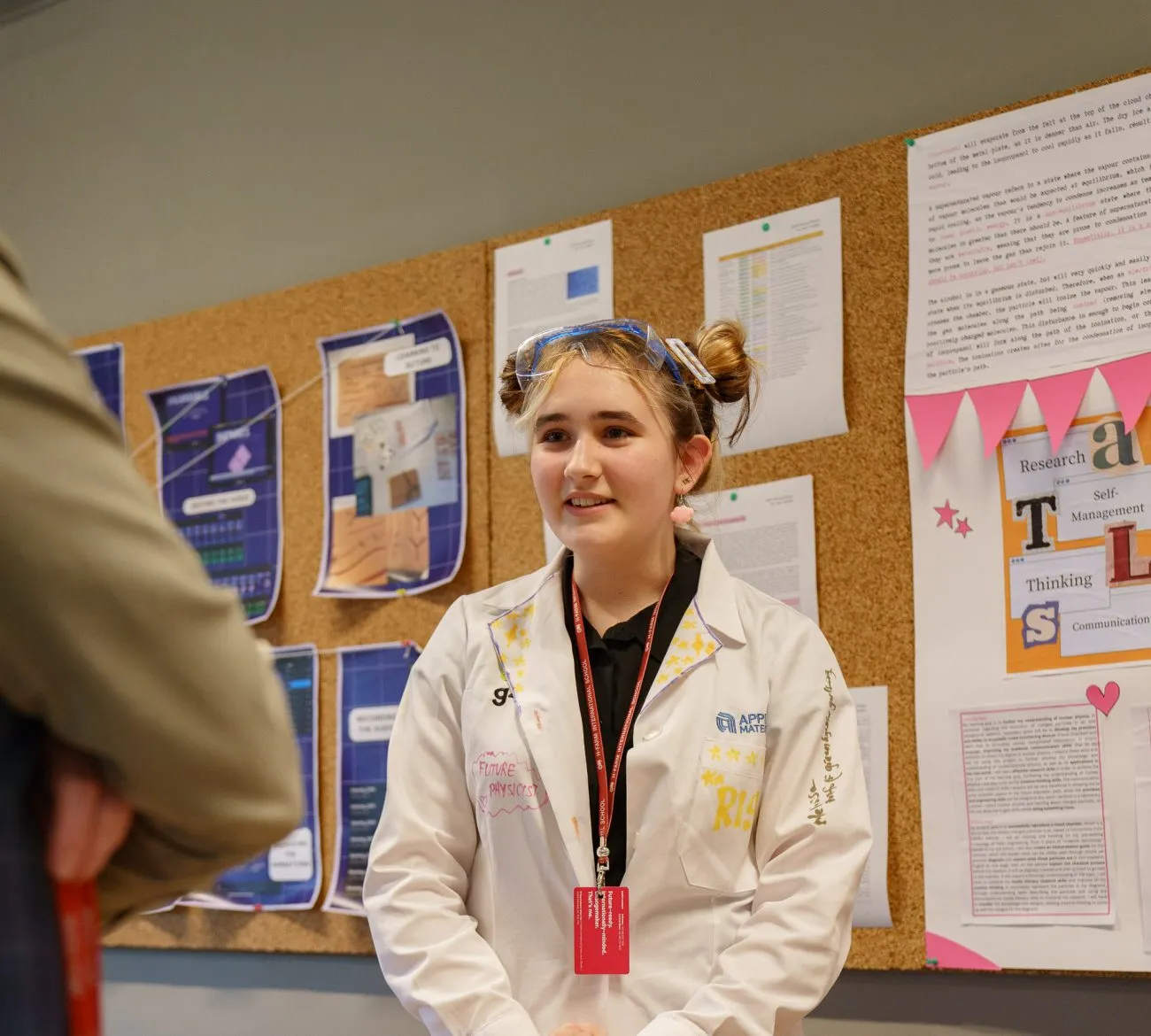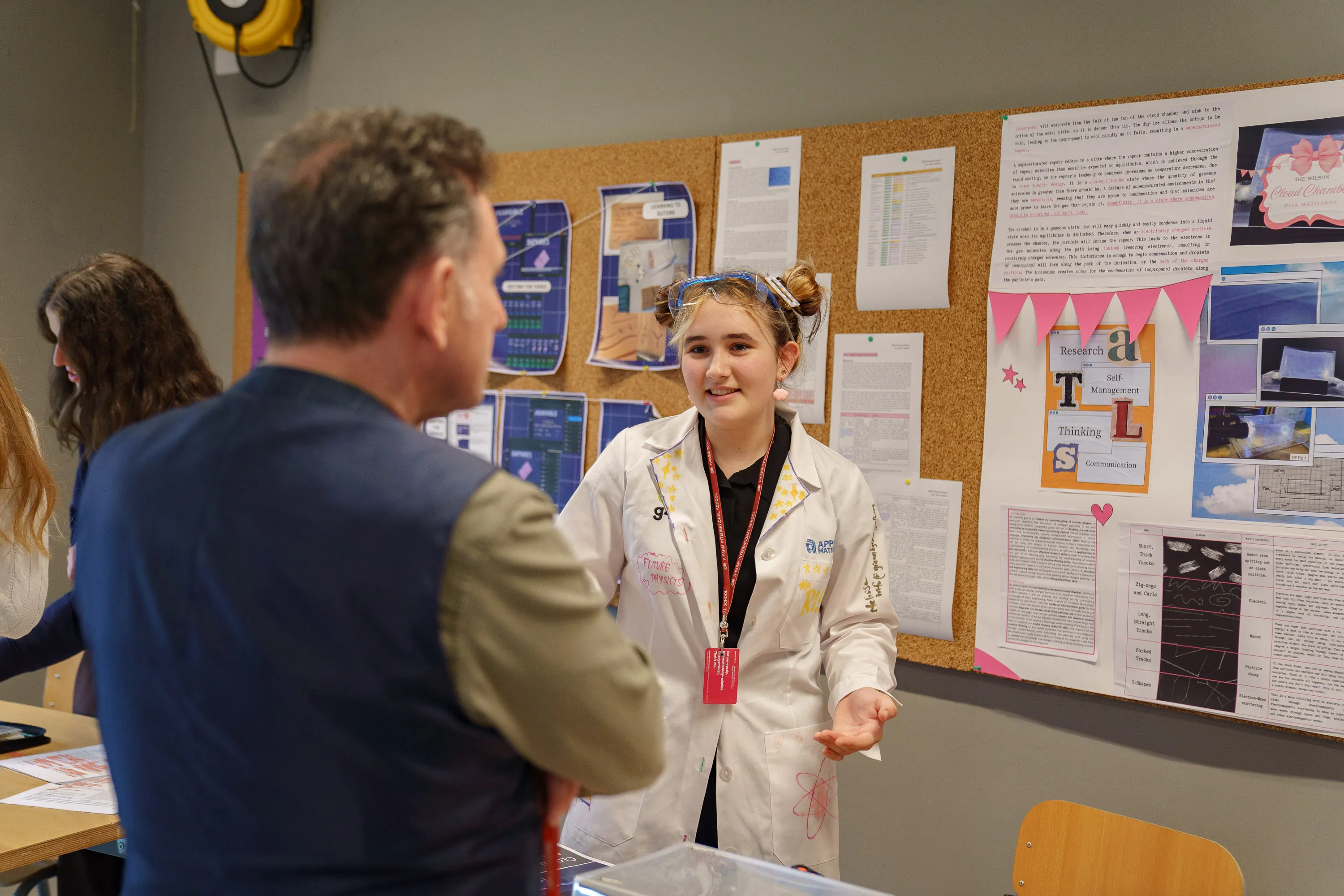Not with magic—but with science? Subatomic particles, the ones constantly passing through our bodies, are usually far beyond our senses. But Risa Martignon didn’t settle for imagining them. She built a machine to see them with her own eyes.
From the beginning, Risa knew exactly what she wanted: to create a project that explored particle physics—her lifelong passion. But she didn’t want to stop at theory. She wanted to see the particles themselves. After deep research, she discovered the cloud chamber, a device invented over a century ago by physicist Charles Wilson, which allows people to visualize the trails left by invisible particles, like cosmic rays.
From Dream to Cloud Chamber
Building a functioning cloud chamber isn’t easy—especially without advanced engineering training. Risa had to study complex principles like air supersaturation, radioactive decay, and the behavior of charged particles in the atmosphere. She ordered materials, tested different setups, and faced technical setbacks, from leaky containers to dry ice evaporating too soon. But she didn’t give up. With critical thinking, careful planning, and creative problem-solving, she succeeded in generating visible particle trails, live during the experiment.
A Guide That Turns Science Into Story
For Risa, the project wasn’t complete without a way to share what she’d learned. So she wrote and illustrated a guide for younger students, simplifying advanced ideas like cosmic rays and alpha decay using clever metaphors and hand-drawn diagrams. In one example, a crumbling cookie becomes a metaphor for nuclear disintegration. This isn’t just creativity—it’s high-level science communication, the kind Einstein praised when he said that to explain something simply, you have to understand it deeply.

Academic Depth Behind the Experiment
While her chamber wasn’t flawless from an engineering point of view, the theoretical depth of her work was outstanding. Risa critically analyzed her results, gathered feedback from teachers and students, and evaluated her guide’s clarity by measuring the complexity of vocabulary, conceptual understanding, and audience impact. Throughout the project, she embodied core IB learner profile traits: she was an inquirer, a thinker, a communicator, a risk-taker, and a reflective learner.
More Than Physics: A Passion to Inspire
For Risa, the best moment wasn’t just seeing the particles. It was watching others begin to understand what they were seeing. Her dream? That one day, her guide will help teach physics in a new way—making the subject feel exciting and approachable instead of intimidating.
Risa’s project is much more than a successful experiment. It’s a bridge between science and storytelling, between knowledge and curiosity. It proves that even an idea born in a classroom can have real impact—when carried out with rigor, enthusiasm, and the desire to share it with the world.




 Back
Back
